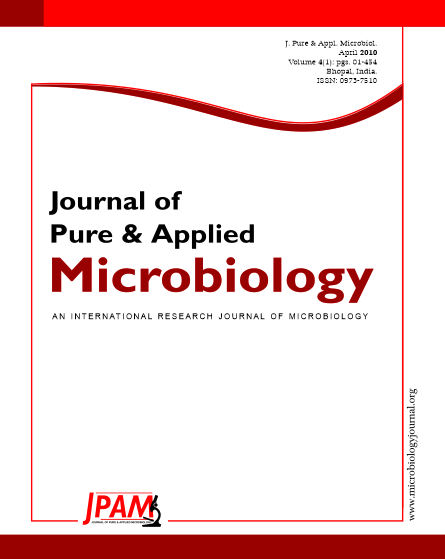The water containing viable Cryptosporidium oocysts was scanned before or after the microwave heating under a micro X-ray computed tomography system. Cryptosporidium oocysts clusters, found in the specimens without the heating, vanished after 30-second heating when the water temperature approached 100 degree C. After the aqueous specimens were dried, the image analysis indicated that the dried remainder in the specimen without the heating was darker and in rectangular shapes, but whiter and irregular in the specimen after 30-second heating. The preliminary results suggest the low-energy X-ray source should be applied for the aqueous specimens.
Microwave heating, micro X-ray computed tomography scan, Cryptosporidium oocysts, water
© The Author(s) 2010. Open Access. This article is distributed under the terms of the Creative Commons Attribution 4.0 International License which permits unrestricted use, sharing, distribution, and reproduction in any medium, provided you give appropriate credit to the original author(s) and the source, provide a link to the Creative Commons license, and indicate if changes were made.


